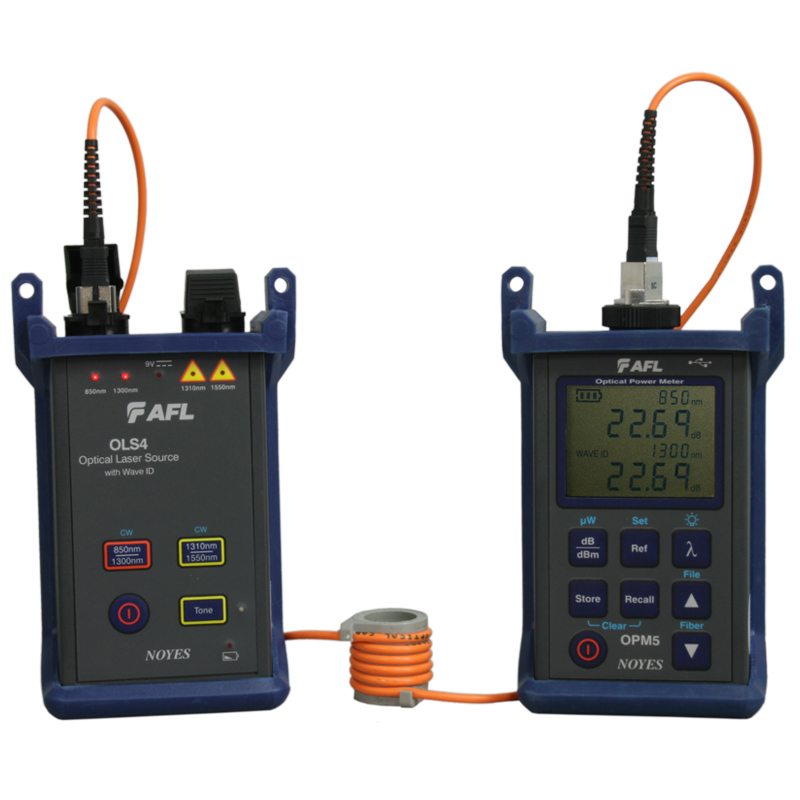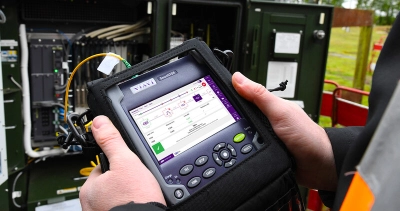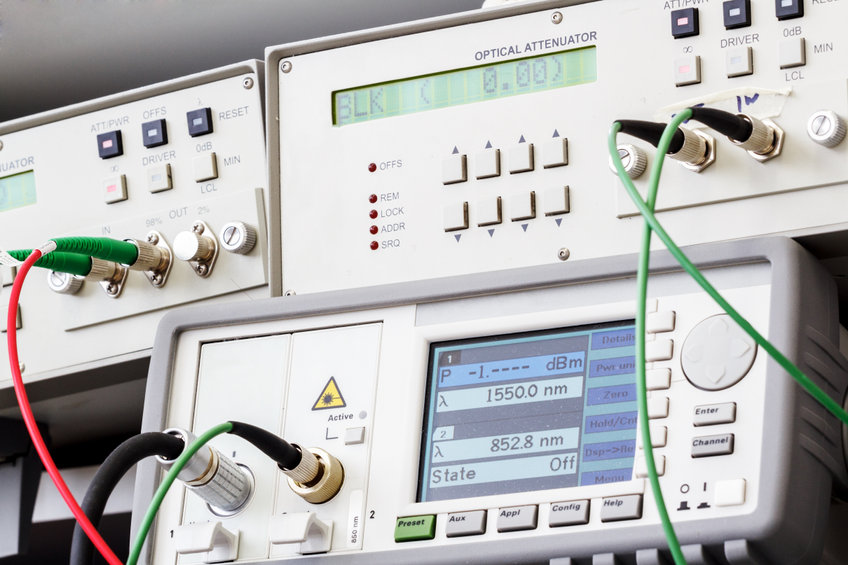Learn about the latest advancements in ofda systems for precise fibre analysis.
Learn about the latest advancements in ofda systems for precise fibre analysis.
Blog Article
Unveiling the Key Uses of Optical Fiber Evaluating for Reliable Data Transmission
In the realm of modern interaction, optical fibre testing arises as an essential method for maximizing information transmission. Recognizing the multifaceted applications of optical fibre screening welcomes a much deeper expedition right into its critical role in shaping the future of data communication.

Significance of Optical Fibre Screening
The significance of optical fibre screening can not be overstated, as it functions as an essential element in making sure the reliability and performance of information transmission systems. In an era where high-speed interaction is critical, any shortages in fibre optics can bring about considerable information loss and minimized performance. Consequently, strenuous testing methods are vital to validate the honesty and performance of optical wires.
Testing permits the recognition of flaws such as micro-bends, macrobends, and splice losses that can prevent signal quality. Additionally, it supplies understandings right into the general depletion and transmission capacity capacities of the fiber, making certain that the network fulfills details functional criteria. Regular testing not just boosts system efficiency yet additionally lengthens the life expectancy of the framework by recognizing potential concerns before they escalate right into costly failures.

Kinds Of Optical Fibre Tests
Various kinds of optical fiber tests are conducted to guarantee the performance and reliability of fiber optic networks. These examinations can be categorized right into a number of crucial types, each serving a specific function in assessing the honesty of the fibre.
First, Optical Time Domain Name Reflectometry (OTDR) is a noticeable test that determines mistakes, interlaces, and ports within the fibre. By sending out pulses of light and examining the reflected signals, technicians can identify concerns along the fibre's size.
2nd, insertion loss tests review the amount of signal loss when light go through adapters or splices, which is vital for keeping network efficiency.
Third, return loss tests gauge the quantity of light reflected back in the direction of the resource, giving insights into the high quality of links and possible resources of interference.
Additionally, continuity tests make certain that the fiber course is complete, allowing service technicians to validate that the fiber is intact without any breaks. robotic vision.
Finally, aesthetic mistake locators utilize noticeable light to recognize breaks or serious bends in the fibre, aiding in quick troubleshooting. Collectively, these tests form an extensive method to preserving optimal performance in fibre optic networks.

Applications in Network Upkeep
In modern-day telecoms, reliable network upkeep depends heavily on optical fibre screening to recognize and fix concerns without delay. Normal screening guarantees that the network operates at optimal efficiency degrees, decreasing downtime and enhancing user experience.
Among the main applications of optical fibre testing in upkeep is the discovery of faults, such as breaks, flexes, or incorrect connections. Techniques like Optical Time Domain Name Reflectometry (OTDR) enable specialists to locate these concerns precisely and evaluate the top quality of the fiber link. In addition, loss screening confirms the integrity of the optical course, making sure that signal attenuation continues to be within acceptable limits.
Regular maintenance screening likewise aids in preventive actions, determining potential troubles before they escalate right into significant failings. This proactive strategy can save organizations both time and funds. Moreover, during upgrades or expansions, optical fiber testing ensures that brand-new installations integrate effortlessly with existing facilities.
Enhancing Data Transmission Reliability
Effective network upkeep via optical fibre testing not only addresses immediate concerns yet likewise plays a considerable role in improving information transmission dependability. By recognizing mistakes, measuring signal loss, and assessing the overall condition of fiber optic cable televisions, testing makes certain that prospective problems are fixed prior to they rise into considerable disturbances.
Regular optical fibre screening, such as time-domain reflectometry (TDR) and optical time-domain reflectometry (OTDR), enables specialists to determine the specific visit this site locations of breaks, bends, or port concerns within the network. This positive method not just reduces downtime yet additionally maximizes the efficiency of information transmission by ensuring that the pathways for signals are clear over here and functioning efficiently.
Furthermore, testing aids in confirming adherence to market requirements and specs, which is vital for keeping the honesty of information circulation. By making sure that each link satisfies needed thresholds for loss and high quality, organizations can reinforce their confidence in the dependability of their information networks.
Inevitably, buying thorough optical fiber testing not only enhances data transmission integrity yet likewise supports the long-term operational efficiency of communication infrastructures.
Future Fads in Fiber Testing
Emerging modern technologies are positioned to transform fibre screening, leading the way for enhanced performance and accuracy in data transmission diagnostics (optical fibre diameter analyser). As the need for faster internet and greater data transfer remains to climb, the combination of advanced devices such as man-made intelligence (AI) and artificial intelligence (ML) is set to change standard fibre screening approaches. These technologies will certainly allow predictive upkeep and automated fault discovery, considerably reducing downtime and improving network reliability
In addition, the adoption of Web of Things (IoT) tools will promote real-time tracking of fiber networks, enabling for immediate recognition of performance concerns. This shift towards aggressive management will certainly lessen disruptions and maximize data circulation.
Moreover, developments in optical time-domain reflectometry (OTDR) and new screening standards will certainly improve the accuracy of measurements, making certain that data integrity is kept throughout the transmission process. The advent of 5G innovation also requires the growth of much more innovative fibre screening strategies to sustain its high-speed needs.
Final Thought
To conclude, optical fiber testing is crucial for maintaining effective information transmission within look here communication networks. By employing different screening strategies, such as OTDR and insertion loss tests, prospective faults can be determined and fixed, thus boosting signal clarity and lessening downtime. Normal screening not just ensures compliance with market criteria yet also helps with positive upkeep, eventually adding to the lasting integrity and efficiency of fiber optic systems. The ongoing advancement of screening techniques will further reinforce these abilities in the future.
Report this page